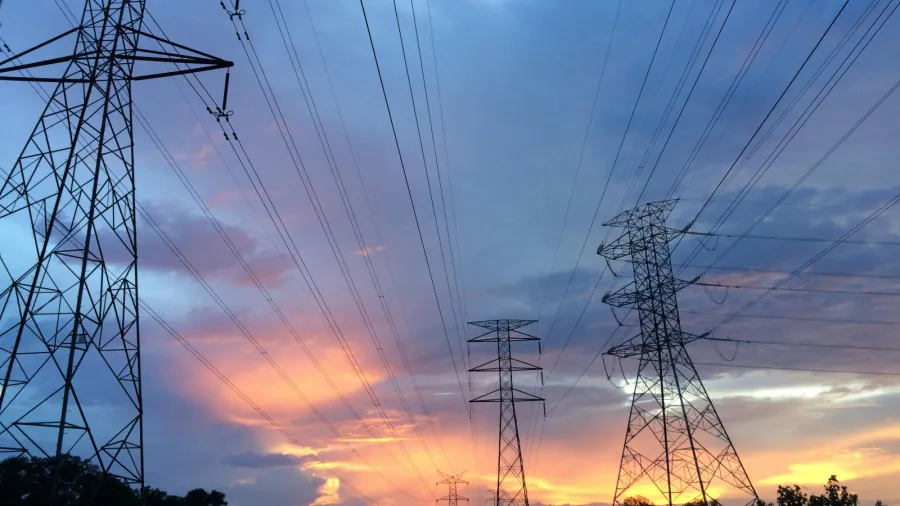
Grid shift key to Bangladesh's power efficiency
Reforms can lead to billions of savings.
The state-owned Bangladesh Power Development Board (BPDB) must reform the electricity sector, which includes shifting industrial demand from captive generators to the grid, to save $1.2b of annual loses that are funded by government subsidies.
According to a new report by the Institute for Energy Economics and Financial Analysis (IEEFA), the shift should be coupled with adding 3,000 megawatts (MW) of renewables, reducing load shedding to 5% from the fiscal year (FY) 2023-2024 level, and limiting transmission and distribution losses to 8%.
IEEFA said that from FY 2019-2020 to FY 2023-2024, the BPDB's annual expenditure increased 2.6-fold, whilst revenue grew only 1.8 times. To maintain power supply and keep the economy running, the government had to allocate $10.64b in subsidies, but losses were still at $1.99b.
“The window to make Bangladesh’s power sector sustainable is rapidly narrowing, but there is still time to get the sector back on track by following a suitable roadmap,” said the report’s author, Shafiqul Alam, Lead Analyst – Bangladesh Energy, IEEFA.
In IEEFA’s proposed roadmap, the think tank suggests improving power demand forecasting methods by factoring in energy efficiency gains and demand shift measures. Considering these, experts estimate that the country’s peak power demand will reach 25,834 MW in 2030.
The think tank also suggests halting investment in fossil fuel-based power and limiting the use of oil-fired plants to 5% of total power generation.
If these steps are implemented alongside the planned retirement of 4,500 MW of fossil fuel power plants, IEEFA projects Bangladesh's system capacity to reach 35,239 MW.
“A system capacity of 35,239MW will help Bangladesh meet the peak demand of 25,834 MW by 2030. It will bring the reserve margins down 66.1% in December 2024 to 36.4% (including variable renewable energy) and 20% (excluding variable renewable energy) in 2030,” Alam said.
“A reserve margin of 20%, excluding variable renewable energy, is comparable to countries like India and Vietnam,” he noted.
IEEFA also recommends installing 4,500 MW of renewable energy by 2030 and using 500 MW of battery storage to reduce reliance on expensive oil-fired power plants. As battery costs decline, their use may expand for evening peak demand.
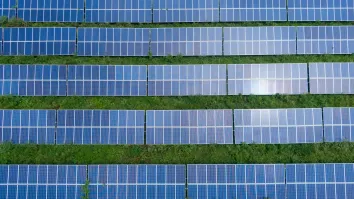


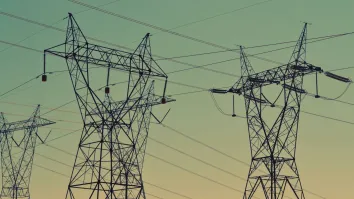




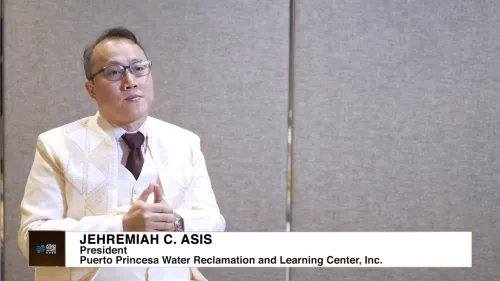
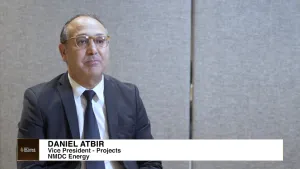


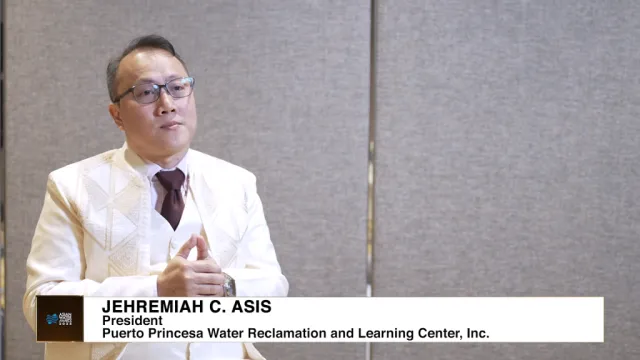
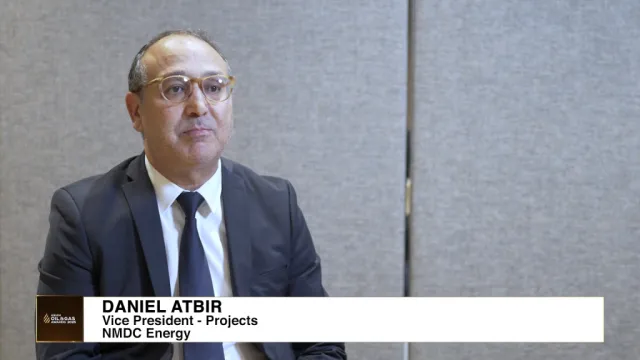



 Advertise
Advertise






